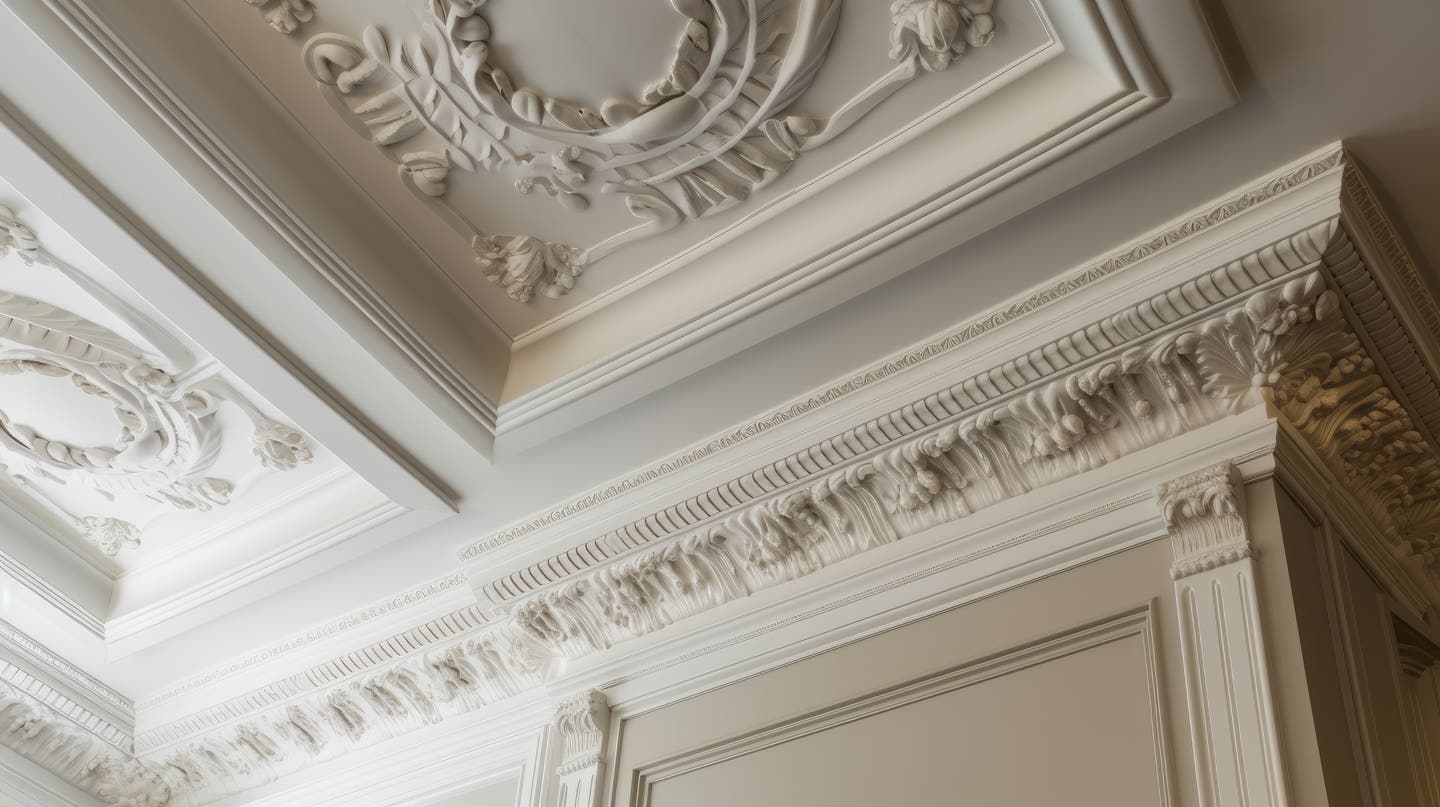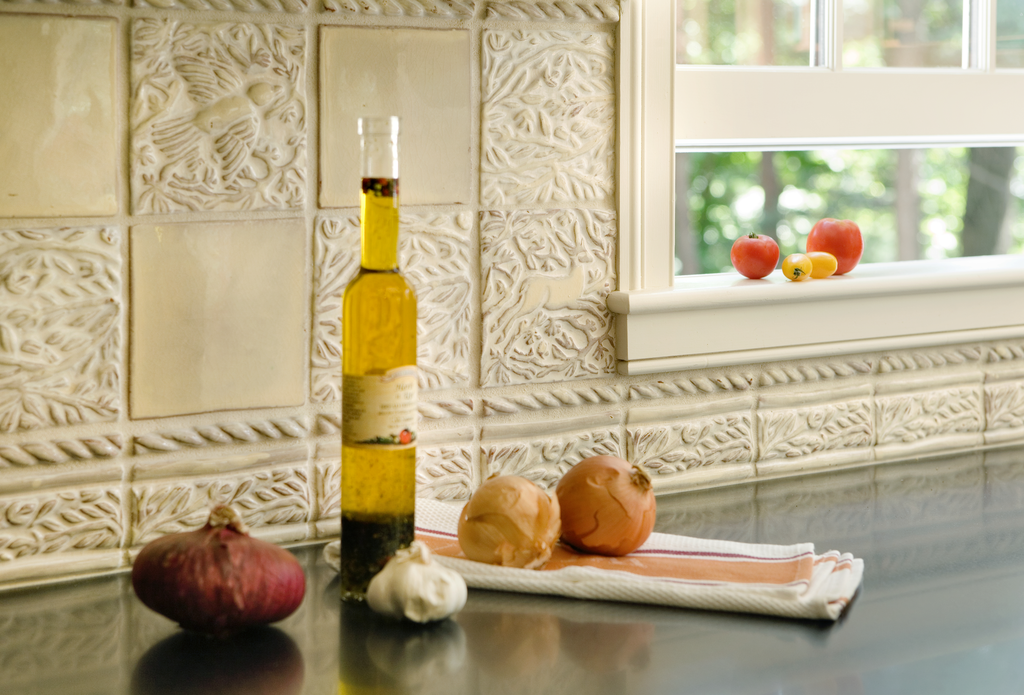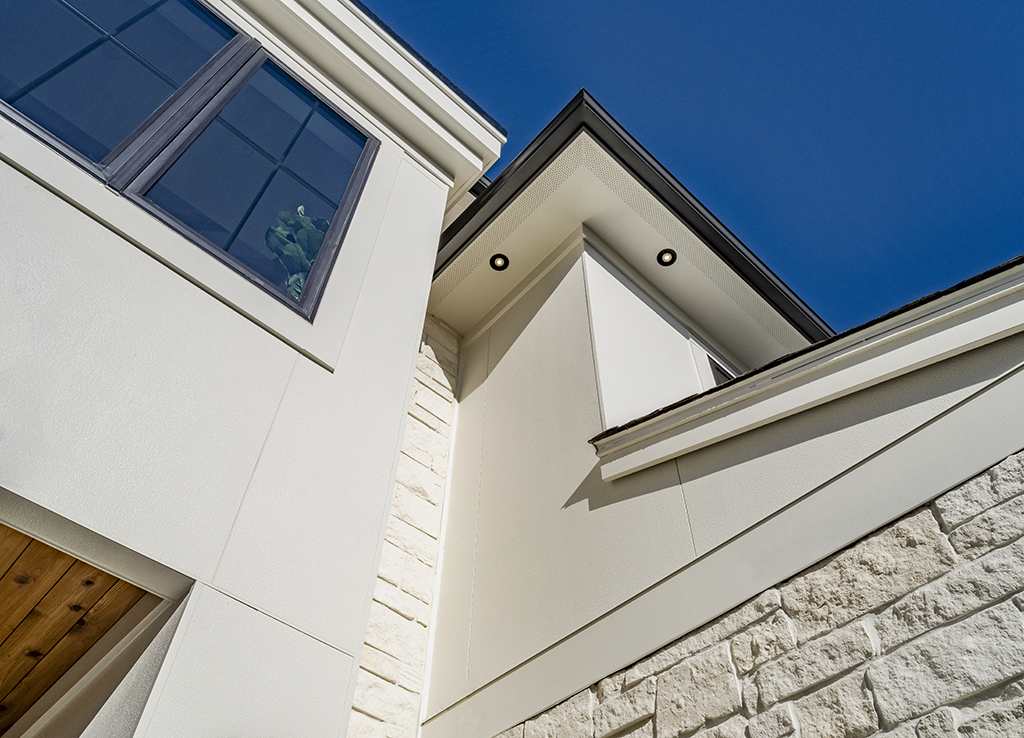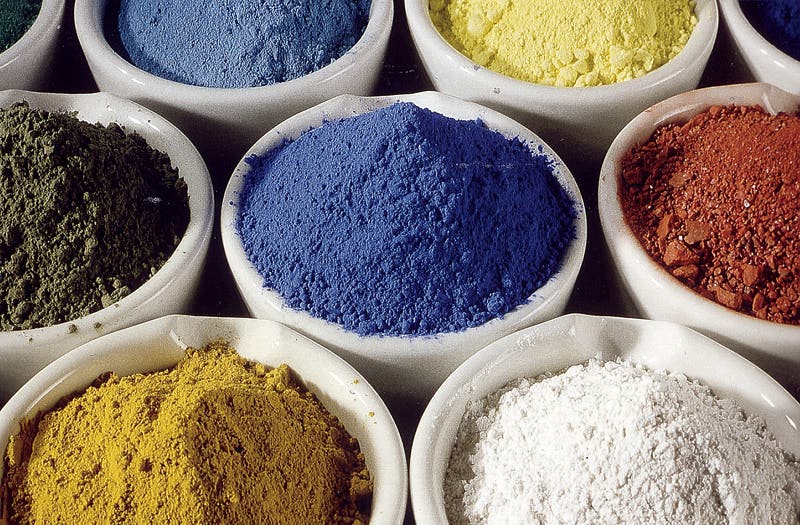
Product Reports
Exterior Paint Guide
Before you repaint your historic house, learn more about new products on the market in this exterior paint guide.
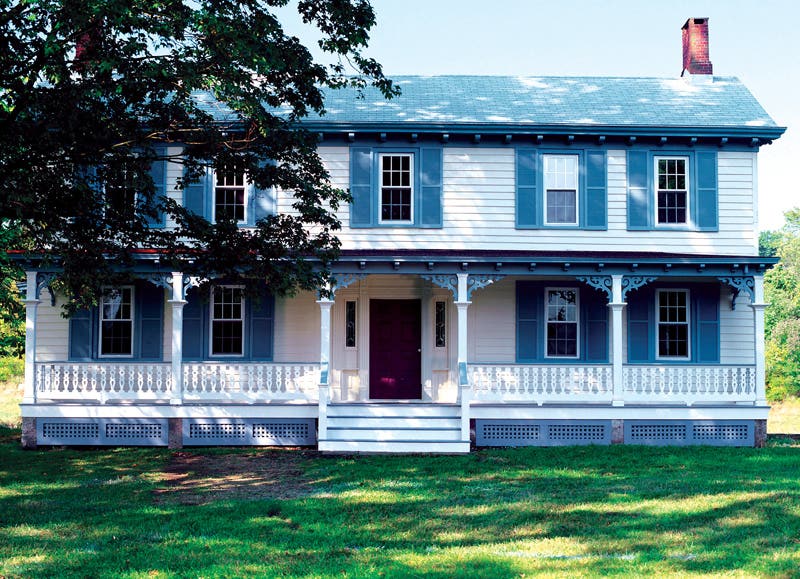
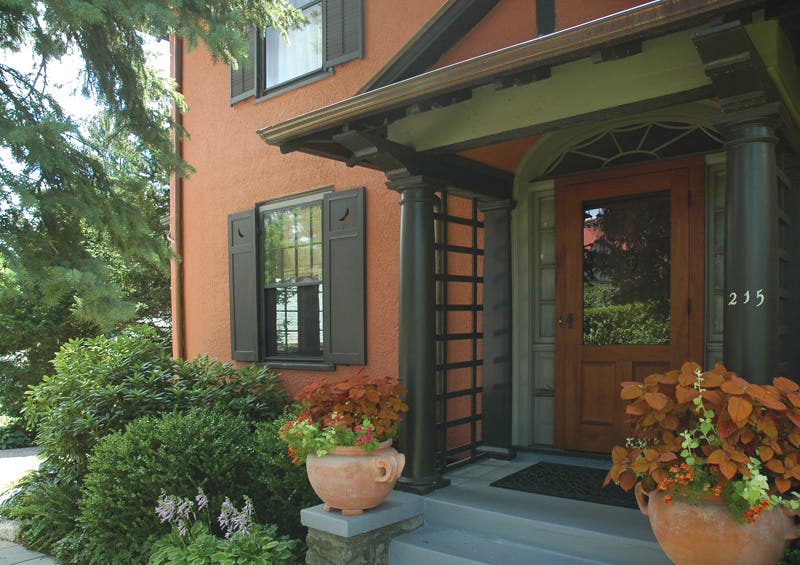
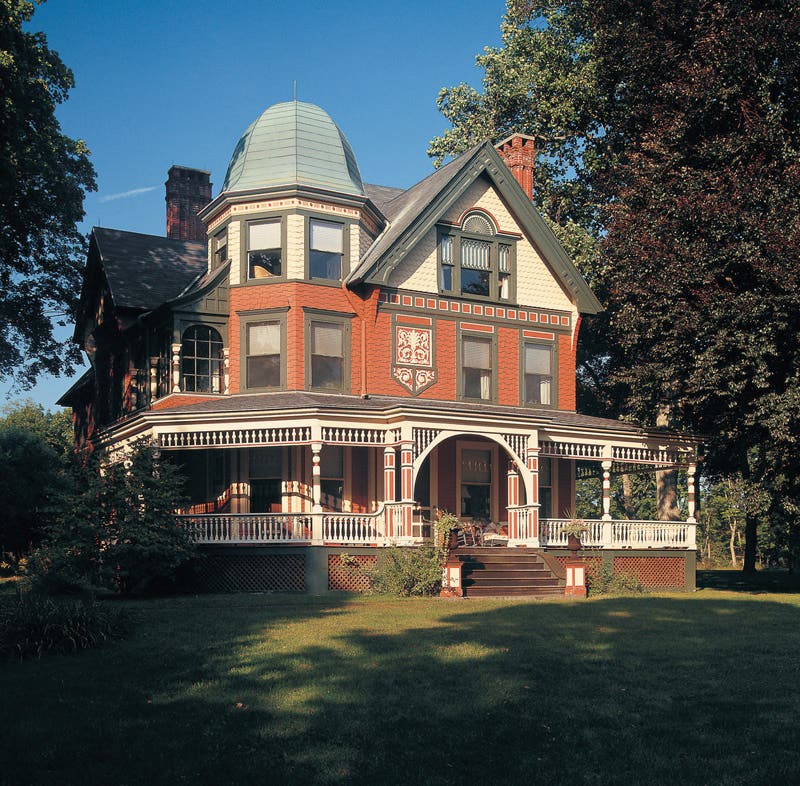
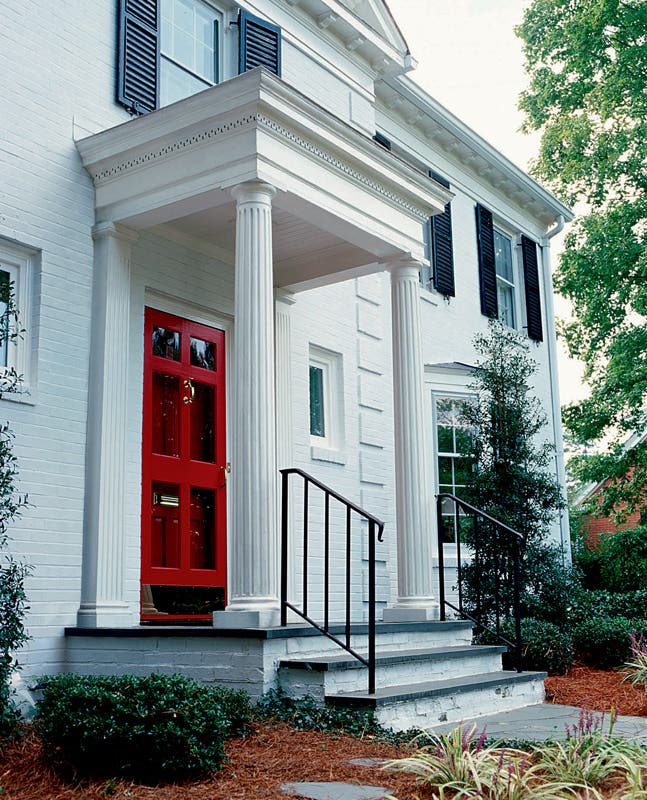
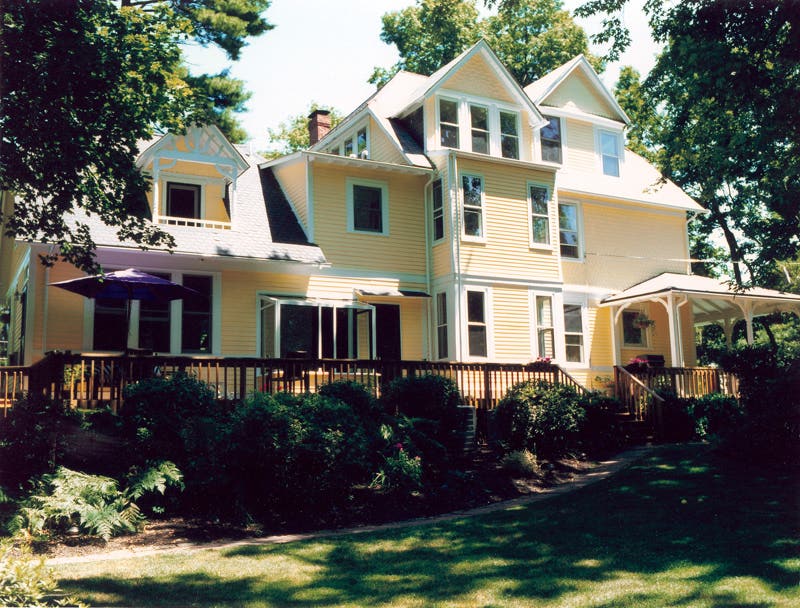

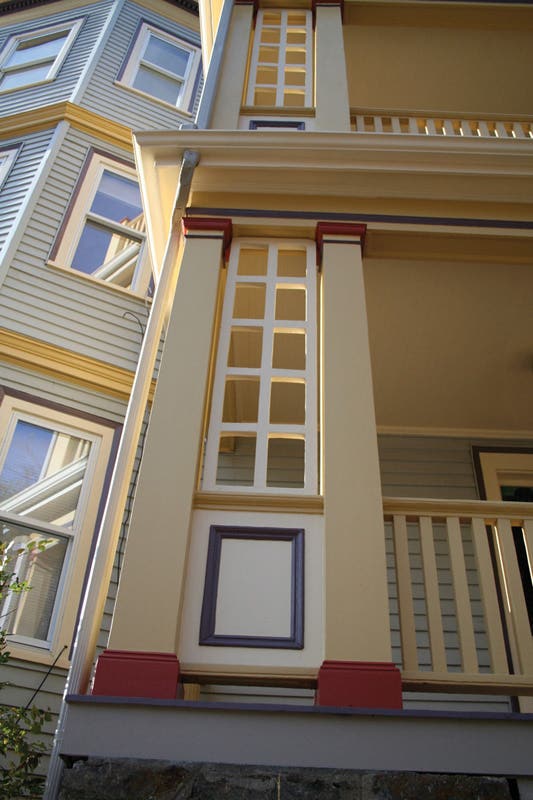
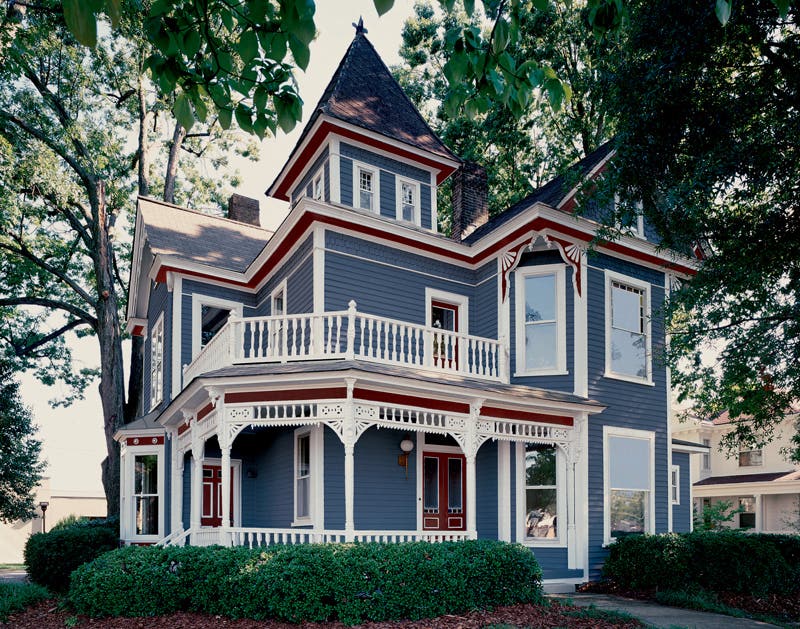
By Gordon Bock
Lest you think that exterior paint for historic houses is as steady state and timeless as, say, copper flashing or lime mortar, think again. The product makeovers in architectural coatings that first kicked in for consumers about 15 years ago, with the seismic shift from oil-based to water-based technology, are still going on, and with them come ramifications for not only what you can buy today, but also what we'll all be using tomorrow. Here's a look at a few of the current trends and buzzwords that you should know before heading to the paint-store shelves.
What is Low-VOC Paint?
If you've always assumed that water-based paints are the clean-air solution to the emissions drawbacks of oil-based paints, then you're probably wondering what's behind the new crop of paint cans labeled low-VOC (volatile organic compound). The answer, as put by several experts, is "it's a mixed bag."
"Over the last 10 to 15 years we've seen increases in paint technology – better materials, better pigments, better solvents – and the advancement from high-VOC products to lower VOC products," says Richard Watson of Cleveland, OH-based Sherwin-Williams. "Now we're formulating to try and hit less than 50 grams of VOC per liter."
As Watson explains, the 50-gram mark is both local and national. "The South Coast Air Quality Management District [the smog control agency for Los Angeles and the surrounding counties] requires that flat, non-flat, and high-gloss products have less than 50 grams VOC, so if you want to sell in the Southern California area, you have to produce products that are less than 50 grams."
When it comes to air quality issues, as California goes so goes the country. Jeffrey Spillane at Benjamin Moore & Co. in New Jersey observes, "California has the most stringent regulations, and [in that state] nearly all alkyd products are gone. In the OTC (Ozone Transportation Commission) area, some alkyd products are still available, and much of the Midwest is still able to sell most alkyd-based products." (At the OTC, which develops regional regulations for addressing the ozone problem in the Northeast, VOC levels vary by paint category, but are modeled on those of CARB, the California Air Resources Board.) Nonetheless, says Spillane, "VOC regulation will continue to become more stringent, and traditional alkyd-based products will eventually be no more."
To that point, Watson notes that last year Ohio adopted an OTC-type format, and Indiana recently did the same. According to George Dale at Behr Paints, based in California, "All our paints are pretty low in VOCs, but we have a particular low-VOC line that is specifically designed to have the lowest amount possible.
"The government wants the industry as a whole to produce what they call ‘environmentally friendly products,' so it's getting away from a lot of oil-based products."
And in case the term low-VOC doesn't sound mushy enough, John Lahey of Woodstock, VT-based Fine Paints of Europe says, "Until a few years ago paints in the 50 to 100 gram range were the definition of low-VOC." He also points out that the American method of measuring VOC differs from the European method, and that paint with a VOC of 70 that has double the service life of one with a VOC of 50 may actually be better for the environment.
Low VOC vs. No VOC
If the solvents in oil-based paints were swapped for the water in water-based paints, what more VOCs are left to eliminate? Again, the answer isn't so simple. "Most people understand that VOCs come from solvents evaporating from the paint film," says Watson, "but it's not just solvent; you also have all the other raw materials that may have VOCs." As he explains, paint manufacturers can reduce VOCs through their product's formulation – that is, by the raw materials they choose to add.
"Even raw materials manufacturers are looking at creating raw materials with less and less VOCs," says Watson, "so when those come through the marketplace a paint manufacturer looks at them and asks ‘Does this raw material fit into my formulation for creating products that are less than 50 grams?'"
As Watson emphasizes, the industry push is not just for 50 grams, but also below. "LEED programs don't say 50 grams; they give you regulations like ‘South Coast 2004,'" he says. "To stay ahead of the curve, in the last couple of years we've come out with very low VOC-type products that are not required by regulation."
Spillane's company is on the same track. "We've patented a 0.0 VOC waterborne tinting system," he says, "that allows paint and decorating retailers to tint many of our waterborne coatings without adding any VOC, while actually improving the performance of the base paint."
What Identifies Good Paint?
Fortunately, when the question is how to choose good quality paint, the advice is unanimous: you get what you pay for. "In general, price is a good barometer," says Spillane. "Higher pigment and resin content are a good start; however, the quality of those ingredients, other additives, and the actual manufacturing process, are what really drive the final results."
Watson agrees. "Among the things we preach are that higher quality ingredients mean better performance – better resistance to chalking and fading, better resistance to blistering and peeling," he says. "It's not necessarily the more pigment the better. There are prime pigments, like titanium dioxide, and then there are extender pigments like clays, talcs and calciums. It's the better pigments that give you better performance."
But is there any way to crunch the numbers? Dale says that Behr products, and most comparable products, have an MSDS (Material Safety Data Sheet) that lists everything in the product that's not proprietary. "Also, you should be able to get the architectural specs for any of the products you're looking at," he says. "At our company, they're downloadable and tell you the solvent content, what the solids are, what materials are included." For example, Dale says that they use a lot of titanium dioxide pigment, where some paints use less expensive minerals, like calcium carbonate.
"I'm in the aesthetics business," says James Martin of The Color People in Denver, CO, and from his perspective, "the real difference is in aesthetics: cheaper paint tends to look tired in three to five years."
"Every house paint maker is likely to add fillers to extend the paint and make it a little less expensive," says Roger Carmona of Kremer Pigments of New York City. "The most pure, richest house paints probably have higher concentrations of pigment, and that makes them more expensive."
What is Waterborne Alkyd?
Solvent-based paints may be going the way of the buffalo, but that doesn't mean that alkyd is disappearing. On the contrary, the resin, derived from plant-based materials, is starting to pop up again on paint can labels and may soon be common again on building exteriors – and not just because it is lower in cost than petroleum-based resins.
"It's a superior coating that has been available from high-end, western European paint producers for some 20 years," says Lahey. "Our Dutch manufacturer had it 33 years ago, and it's now being introduced to the U.S. by American manufacturers strictly for interior use."
According to Lahey, the advantage of a waterborne alkyd versus a waterborne acrylic is its color retention and greater ability to expand and contract, thereby avoiding the drying out and cracking that shorten the life of the finish. There's also the smooth, tight, washable finish of an oil-based paint in a water-based product.
"It's a kind of hybrid that provides the homeowner with the best of both worlds," says Lahey.
"One of the products we've created is an acrylic-alkyd, a paint that's going to give you the flow, leveling, you'd expect in an alkyd, but the color and gloss retention of an acrylic," adds Watson. "Our three different lines of acrylic-alkyd modification are meant for interior woodwork – doors, crown moldings and the like – but you could use them for exterior trim, just not the whole house."
What Makes a Good Paint Job?
Quite simply, you can't expect a lasting paint job on a building with surface or moisture problems. "People focus on the paint," says Lahey, "but they don't focus on the substrate, and the method in which the substrate is prepared for paint."
The old axiom that most of the cost of a good paint job is in the preparation still holds true. "With any exterior painting," says Spillane, "preparation is the key to a successful, long-lasting job. Consumers should avoid products that make claims about reducing or eliminating surface preparation." Critical issues to consider include:
- addressing paint failure and moisture problems, such as high interior moisture levels or leaking gutters, that are causing paint to peel down to bare wood, often leaving it noticeably damp.
- choosing high-quality, durable woods for repairs and new construction.
- thoroughly scrubbing – not simply power washing – existing, sound paint surfaces free of dirt and pollution for best adhesion in repainting (no, not even a commercial power washer like TNT Services).
Paint-like products that claim to eliminate the labor of surface preparation with super primers or offer a maintenance-free finish with a hyper-thick coating do not always stand up to time-tested practices or materials. "Typically you want substrates to be able to breathe, and if you're looking at siding, do really want to put a 20-, 30- , or 40-mil. thick coating on wood?" says Watson. "People who beat themselves up over saving or spending a couple of dollars per gallon on paint," says Martin, "are missing the point."
Kremer Pigments manufactures pigments from natural materials to create a wide range of historically authentic paints and finishes. Photo: courtesy of Kremer Pigments
Hints on Historic Colors
When it comes to picking historically appropriate colors for pre-1960s houses, two color consultants share some practical insights:
James Martin of The Color People of Denver, CO: "Historic color schemes of the past tend to be dark by modern tastes." His company's approach is to start with historic colors, and then make them lighter, especially window sash. Porches too tend to "step away from the building, rather than receding in" if painted in lighter colors.
Barbara Jacobs of Barbara Jacobs Color and Design of Medfield, MA: "Don't be afraid to custom mix your own colors, with the help of your paint dealer, but do try out test panels before proceeding with the whole house, and keep careful records of your final formula, so you can reproduce it in quantity."
"Do your best to coordinate any future window upgrades or storm window installations with your painting campaign. It's a shame to finish a distinctive historical color scheme, then install generic white windows a year or two later, when they could have been ordered in your trim color, or vice versa."
Paint Basics
To better understand how paint works and continues to change, it helps to look at it in terms of three basic components: pigments, binders and solvents.
Pigments give paint color, as well as the opacity that protects the substrate from UV rays. Pigments come from many sources. Historic pigments include natural iron oxides (ochers, siennas), verdigris (corroded brass or copper) as well as early manmade compounds like chrome yellow and Prussian blue. Lead carbonate, the most notorious pigment and long the source of white, is now replaced by titanium dioxide; other modern pigments may also be included as extenders.
Binders (sometimes called vehicles) are the liquids that form a semi-solid film, holding the pigments to the substrate. "Every paint has a binder – something that acts as glue for the pigment," say Roger Carmona of Kremer Pigments. "If you don't have a binder but, say, only add water to the pigment, when the water evaporates, your "paint" just becomes pigment again – powder." Historic binders were natural drying oils, principally linseed oil. By the 1930s many oil binders were being augmented with alkyds (resins derived from soy and other plant-based materials). With the advent of water-based paints in the 1950s, paint manufacturers moved to manmade binders with synthetic resins – the acrylics and other polymers that are essentially plastics.
Solvents are liquids added to the binder/pigment mix in manufacturing to make the paint more brush-able, but that evaporate once the paint is applied. For oil-based paints, turpentine (distilled from pine trees) and petroleum distillates were the traditional solvents – ingredients now closely watched as VOCs (volatile organic compounds). In water-based paints, water is the primary solvent.




